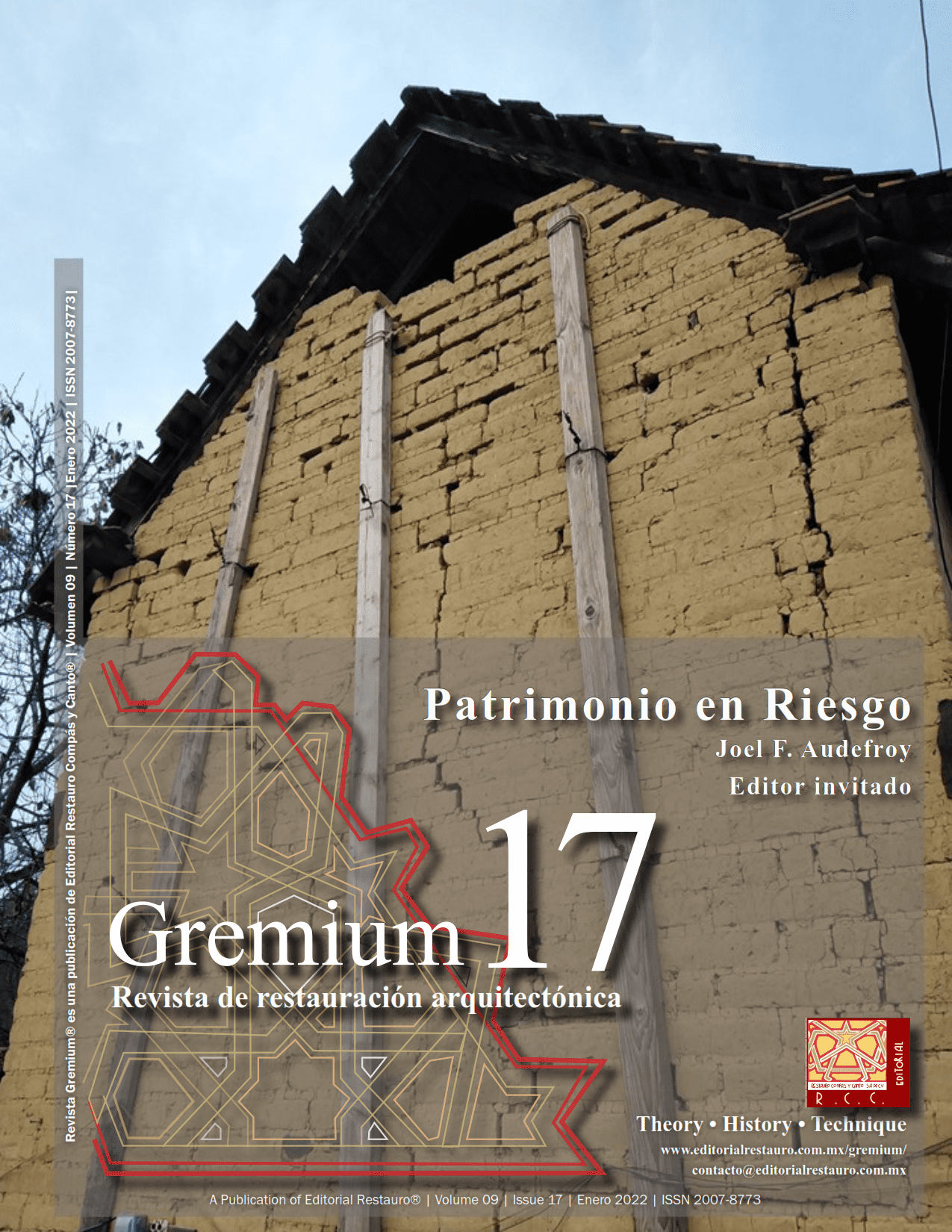Emerging rescue in Pozo de Ibarra in Santiago Ixcuintla. Tepic-Nayarit
DOI:
https://doi.org/10.56039/rgn17a04Keywords:
emergent rescue, burials, furnacesAbstract
One of the main objectives of the paper: “Emerging Rescue in Pozo de Ibarra, Santiago Ixcuintla, Tepic-Nayarit”,
is to show the construction system of the mounds in site, as well as the activities that were developed for
each of them. The hypothesis set out herein is that: In pre-Hispanic times, the inhabitants of this place lived
in a lacustrine area with constant seasonal floods, which forced them to modify the proportions of their space,
and thus, to use it for different activities. The applied methodology consisted in the revision of the geological
information for lacustrine areas, as well as the comparison with other similar burial system sites, furnaces,
and domestic activities through historical, ethnographic, and archaeological documents. The archaeological
materials indicate an occupation from the Early Period: Chametla (250 -500 AD), which ends in the Late Period:
Ixcuintla (1100-1350 AD).
Downloads
Downloads
Published
Issue
Section
License

This work is licensed under a Creative Commons Attribution-NonCommercial-ShareAlike 4.0 International License.























